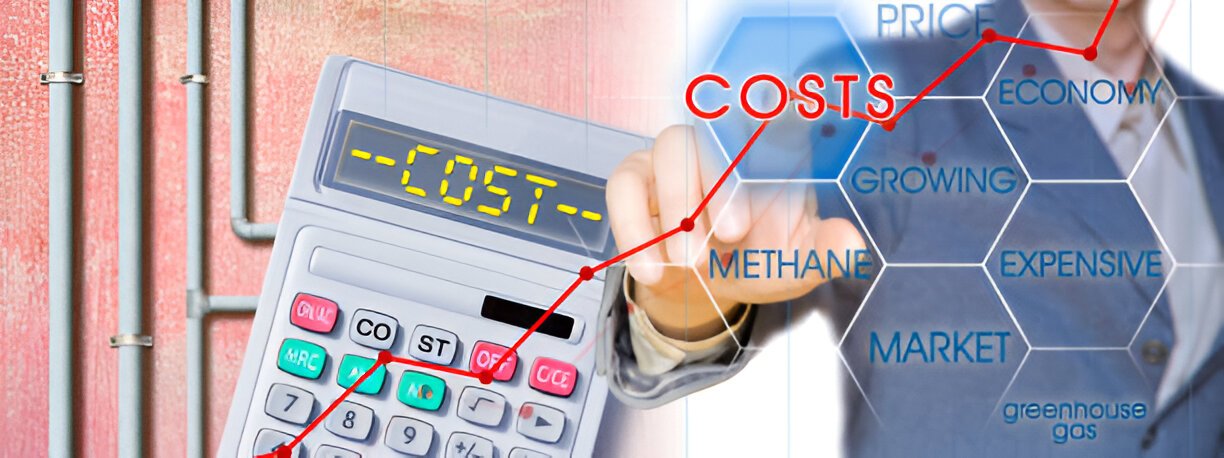As an investor, I know how crucial it is to track the cost basis of my mutual fund investments. The adjusted cost basis (ACB) determines my capital gains tax liability, and miscalculating it can lead to overpaying or underpaying taxes. In this guide, I break down everything about adjusted cost basis—what it is, why it matters, and how to calculate it accurately.
Table of Contents
What Is Adjusted Cost Basis?
The adjusted cost basis represents the total amount I have invested in a mutual fund, accounting for purchases, reinvested dividends, capital gains distributions, and other adjustments. The IRS requires me to use ACB to compute capital gains or losses when I sell shares.
The basic formula for cost basis is:
Adjusted\ Cost\ Basis = Initial\ Investment + Reinvestments + Fees - Return\ of\ CapitalWhy Adjusted Cost Basis Matters
- Tax Efficiency – A higher ACB reduces my taxable capital gains when I sell.
- Accurate Record-Keeping – Missing adjustments can lead to IRS penalties.
- Performance Tracking – Helps me measure true investment returns.
How Mutual Fund Cost Basis Adjustments Work
1. Reinvested Dividends and Capital Gains
When a mutual fund distributes dividends or capital gains, and I reinvest them, my cost basis increases.
Example:
- I buy 100 shares at \$50 per share: 100 \times \$50 = \$5,000 initial cost.
- The fund distributes \$2 per share in dividends, which I reinvest to buy 4 more shares at \$55 each.
- New cost basis: \$5,000 + (4 \times \$55) = \$5,220.
2. Return of Capital Distributions
Some funds return part of my principal, which reduces the cost basis.
Example:
- My original investment: \$10,000.
- The fund returns \$500 as a non-taxable distribution.
- Adjusted cost basis: \$10,000 - \$500 = \$9,500.
3. Wash Sales
If I sell shares at a loss and repurchase identical shares within 30 days, the IRS disallows the loss, and it gets added back to the cost basis.
Example:
- I sell shares at a \$1,000 loss and buy them back within 30 days.
- The \$1,000 loss is added to the new purchase price.
Cost Basis Methods for Mutual Funds
The IRS allows different cost basis accounting methods:
| Method | Description | Best For |
|---|---|---|
| FIFO (First-In, First-Out) | Oldest shares sold first | Long-term investors |
| Specific Identification | Choose which shares to sell | Tax-savvy investors |
| Average Cost (Single or Double Category) | Averages purchase prices | Simplicity |
FIFO Example
- Purchase History:
- 50 shares at \$20 (Jan 2020)
- 50 shares at \$30 (Jan 2021)
- Sale: 60 shares at \$40 (Jan 2024)
- FIFO Calculation:
- Sell 50 shares from 2020 and 10 from 2021.
- Cost basis: (50 \times \$20) + (10 \times \$30) = \$1,300.
- Capital gain: (60 \times \$40) - \$1,300 = \$1,100.
Average Cost Example
- Total Investment: \$5,000 (100 shares)
- Average Cost per Share: \$5,000 / 100 = \$50
- Sale: 50 shares at \$70
- Capital Gain: 50 \times (\$70 - \$50) = \$1,000
Tax Implications of Adjusted Cost Basis
- Short-Term vs. Long-Term Gains
- Holding <1 year → Short-term (ordinary income tax rates).
- Holding >1 year → Long-term (preferential rates: 0%, 15%, or 20%).
- Impact of Reinvestments
Reinvested dividends increase my cost basis, reducing taxable gains.
Common Mistakes in Calculating Adjusted Cost Basis
- Ignoring Reinvested Dividends → Overpaying taxes.
- Not Tracking Wash Sales → IRS disallowed losses.
- Using Wrong Cost Basis Method → Higher tax bill.
Tools to Track Adjusted Cost Basis
- Brokerage Statements (Most provide cost basis tracking)
- IRS Form 8949 (For reporting sales)
- Tax Software (TurboTax, H&R Block)
Final Thoughts
Understanding adjusted cost basis helps me optimize taxes and track my true investment performance. By using the right cost basis method and accounting for all adjustments, I ensure compliance and tax efficiency. If I’m ever unsure, consulting a tax professional is a smart move.





